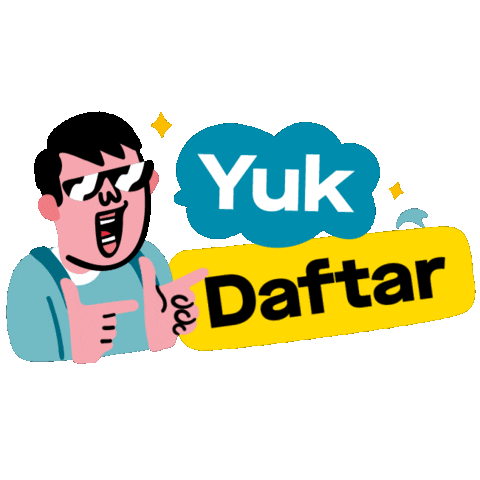slot88
SLOTLIONS88 : Situs Slot Gacor Dewa Slot88 Mania Resmi 2024
SLOTLIONS88 : Situs Slot Gacor Dewa Slot88 Mania Resmi 2024
Couldn't load pickup availability
SLOTLIONS88 : Situs Slot Gacor Dewa Slot88 Mania Resmi 2024
Selamat datang di situs slot gacor mania slotlions88
resmi, hallo para pencari cuan dewa slot88 pasti kalian sudah menunggu moment untuk bergabung
bersama kami situs slot lions88 terpercaya. Disini kami sebagai situs slot88 resmi yang mempunyai
2000 lebih game slot gacor hari ini.
Adapun kelebihan agen dewa slot88 yang perlu kalian ketahui yaitu bonus new member 100%, deposit paling murah cuma 10rb dan akses bermain slot, casino, bola, togel dan poker. Jadi para member setia lions tidak perlu khawatir lagi, hanya dengan 1 akun sudah bisa bermain semua game terbaik 2024.
Daftar Provider Slot Gacor Dengan Rate Terbaik
Slotlions88 juga ingin menginfokan provider-provider terbaik di tahun naga ini. Tentunya inilah saatnya melakukan perubahan kantong para pencari cuan, sebagai berikut :
- Slot Gacor Pragmatic Play
- Slot Gacor PG Soft
- Slot Gacor Spadegaming
- Slot Gacor Slot88
- Slot Gacor Habanero
- Slot Gacor Microgaming
- Slot Gacor Joker
Itulah pilihan terbaik situs dewaslot88 hari ini, tentunya dengan bermain bersama lions slot 88 resmi kalian akan meraih keuntungan sangat besar. Ayo daftar slot lions88 gacor sekarang juga bro !!
Share


